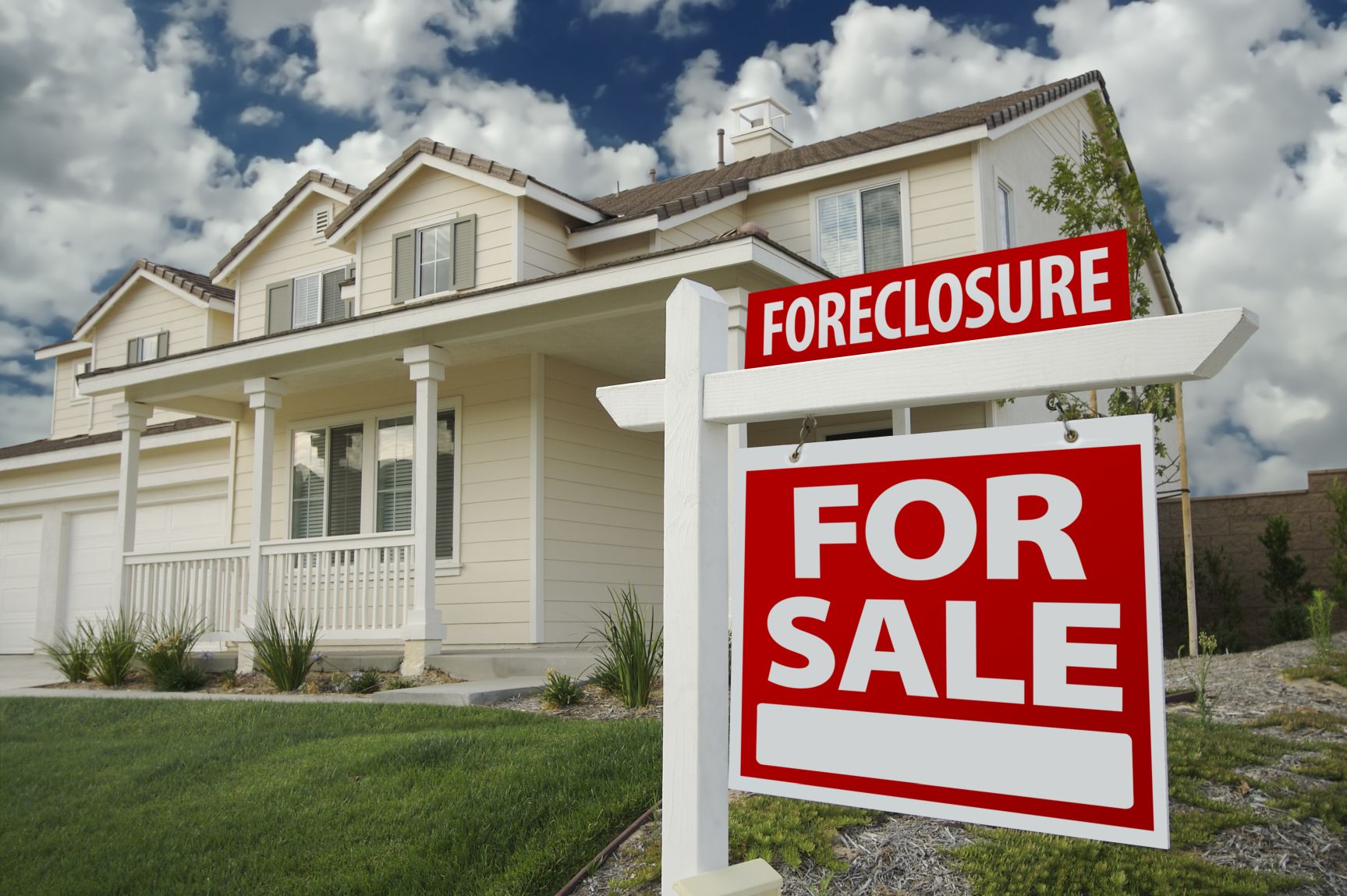
Recent foreclosure data published by CoreLogic details a lengthy trend of declining completed foreclosures and mortgages at risk for foreclosure. Take a closer look at a few key figures that show some good news about 2016’s housing market.
Nationwide there were just 30,000 completed foreclosures in October 2016—that’s down from 40,000 in October 2015 and 3.6% fewer than September 2016 (a significant decline). The number of mortgages in serious delinquency, and thus at greatest risk for future foreclosure, fell below 1,000,000 to 997,000. What does that do to the overall foreclosure picture? Well, as of October only 0.8% of homes nationwide were in foreclosure—and that number is falling.
November showed even more progress in this area. The number of completed foreclosures fell further to 26,000, down 30.0% from November of 2015. This is a 14.1% drop from October. Better yet, this means that the number of completed foreclosures year-over-year (2015 to 2016) is down 25.9% with 61 consecutive months of year-over-year (e.g. November 2015 vs November 2016) declines in foreclosure inventory.
CoreLogic also published a promising figure on housing prices—year-over-year housing prices are up 7.1% through November, with projections of 4.7% increases by November 2017.
December finished out the year in similar fashion. There were just 21,000 completed foreclosures in December 2016, 29.5% fewer than December of 2015. This leaves just 0.8% of all homes with a mortgage in the foreclosure inventory, the same percentage as October.
These numbers are clearly great for homeowners right now and are encouraging to many in the industry. A healthy housing market is great for the economy and the consumer, promoting further engagement with the housing market. This is part of the reason that real estate professionals are encouraging people to buy and sell—they are witnessing a strong housing market.
There are those that point out that the national foreclosure rate was very low before the housing crisis that kicked off the Great Recession. We would be remiss to ignore this data. The housing market is one of the most important markets in the U.S. economy, but the economy itself is of course complicated and never invulnerable to decline. Housing affordability and rent affordability issues are legitimate and contribute to analysts’ long-term worries for the housing market.
Adhi always recommends that our readers obtain as much information about the housing market as possible in order to assess different housing markets. The market conditions in Los Angeles may vary from the market conditions in New York City. These foreclosure and price numbers are, for now, a sign of a healthy market with improving conditions for a great many Americans.
What does this mean for your market? Have you seen these stats reflected in your market? Are foreclosures down, or are they up or stable? Any signs of upcoming changes? Let us know, we would love to hear more about your market conditions!
From Classroom to Closing: A 12-Month Roadmap to a Thriving Real Estate Career After License School
Condo vs. Apartment: Key Differences Explained
Behind the Scenes of ADHI Schools: How We Set You Up for Success

Founder, Adhi Schools
Kartik Subramaniam is the Founder and CEO of ADHI Real Estate Schools, a leader in real estate education throughout California. Holding a degree from Cal Poly University, Subramaniam brings a wealth of experience in real estate sales, property management, and investment transactions. He is the author of nine books on real estate and countless real estate articles. With a track record of successfully completing hundreds of real estate transactions, he has equipped countless professionals to thrive in the industry.